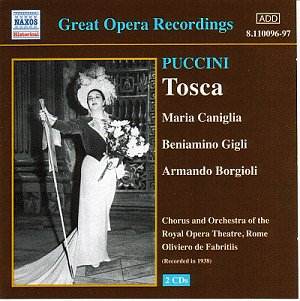 Composer: J. S. Bach
Composer: J. S. Bach
Works: The Complete Cantatas
Performers: Richard Stokes (Translator), Martin Neary (Introduction)
Recording: published by Scarecrow Press, 2000
Label: Scarecrow Press
Johann Sebastian Bach’s cantatas represent a monumental achievement within the realm of sacred music, marrying theological depth with unparalleled musical ingenuity. Spanning over 200 extant works, these compositions are not merely liturgical adornments but profound explorations of the human experience through the lens of faith. The cantatas, characterized by their intricate interweaving of chorales, arias, and recitatives, require not only a keen musical ear to appreciate their harmonic and contrapuntal intricacies but also a thorough understanding of their textual underpinnings to fully grasp Bach’s artistic intentions.
Richard Stokes’s translation of Bach’s complete cantatas emerges as a significant resource for both scholars and enthusiasts alike, striving to bridge the gap between the original German texts and an English-speaking audience. Each cantata is meticulously cataloged with its BWV number, ensuring that the reader can easily navigate through this extensive oeuvre. However, Stokes’s choice to retain elements of archaic language and German word order in some instances complicates the accessibility of the texts. For example, the translation of Cantata 166’s title as “Whither goest thou?” may resonate with traditionalists yet risks alienating contemporary readers who might prefer the straightforward “Where are you going?” Such decisions highlight an ongoing tension in translating sacred texts: the need to preserve the dignity and depth of the original while ensuring clarity and resonance in the target language.
Interpretively, Stokes’s translations lack the fluidity found in some of the most revered recordings of Bach’s cantatas. While the intention to remain faithful to the original German is commendable, certain phrases, such as the aforementioned recitative in Cantata 134, could have benefitted from a more modern syntactical approach that would enhance the text’s emotional impact. The archaic phrasing often feels like a barrier rather than a bridge, undermining the immediacy of Bach’s message. This is particularly poignant given the cantatas’ dramatic and rhetorical richness, where the interplay between music and text is crucial for conveying the intended affect.
The sound quality of this publication, while sufficient for a textual resource, does not replicate the immersive experience of listening to live performances or high-quality recordings. The engineering choices made in audio formats often allow listeners to engage with the subtleties of orchestration and vocal color that are intrinsic to Bach’s work. For instance, the nuanced interplay between the soloists and the ensemble in Herreweghe’s recordings or the clarity of Rilling’s interpretations showcases how well-executed performance can illuminate the text’s meaning. Stokes’s translations, while valuable, cannot substitute for the aural experience that these interpretations provide.
Despite its shortcomings in translation fidelity, Stokes’s comprehensive collection remains an invaluable tool for those seeking to deepen their understanding of Bach’s cantatas. The effort to compile such a vast array of texts into a single volume is noteworthy, offering a practical reference for both performance and study. While the execution of the translations may falter at times, the underlying ambition of making these sacred works more accessible is laudable. This book serves as a foundational step for those who wish to explore the theological and musical landscape of Bach’s cantatas, even if it ultimately falls short of delivering the clarity and vibrancy that Bach’s music so richly deserves.



